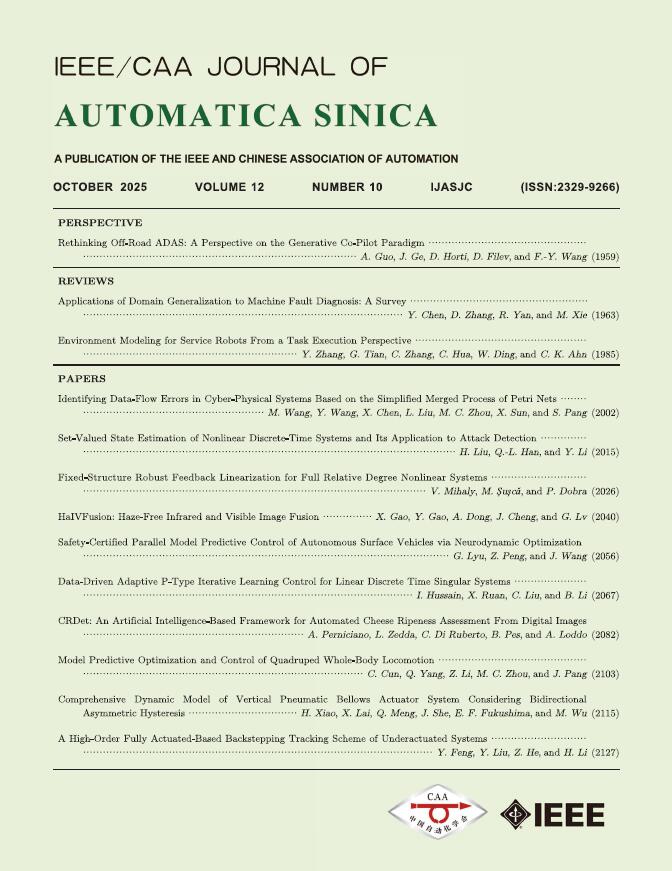Tosolve a problem, you must first see the problem. More than that, whateverfallout the problem is causing must be controlled while you solve it. That’sthe approach an international team of researchers has taken for combattingnetwork attacks.
Paper Information
H. F. Niu, A. Sahoo, C. Bhowmick, and S.Jagannathan, “An optimal hybrid learning approach for attack detection inlinear networked control systems,”IEEE/CAA J. Autom. Sinica, vol. 6, no. 6, pp. 1404–1416, Nov. 2019.
Fulltext:
https://ieeexplore.ieee.org/stamp/stamp.jsp?tp=&arnumber=8894751
https://www.ieee-jas.net/en/article/doi/10.1109/JAS.2019.1911762
“The communication network and thephysical system in a networked control system are vulnerable to potentialmalicious attacks—including jamming, replay and others,” said Dr. ChandreyeeBhowmick, Department of Electrical and Computer Engineering at the MissouriUniversity of Science and Technology.
“One common attribute of all theseattacks is that they all tend to deviate the traffic flow in the communicationslinks from the normal value, thus increasing network-induced delays and packetlosses.”
Bhowmick and colleagues developed ahybrid learning approach to not only detect attacks, but to compensate for theissues the attacks cause. According to Bhowmick, many cyber-attacks targetinformation availability rather than data secrecy.
“For such attacks, even the mostcomplicated encryption algorithms fail,” Bhowmick said. “To address this issue,in this study, we developed novel attack detection and estimation schemes byusing a learning approach that captures the vulnerable communication links,which is challenging because the state matrix is unknown.”
The state matrix is the state of thesystem, which includes the speed and type of information flow. A system underattack has even more unpredictable information flow, or lack thereof. InBhowmick’s proposed scheme, an adaptive observer can detect the onset ofattacks and learns how the attacks are disrupting the system. This allows thesystem to react and perform optimally, even under duress.
However, the proposed method isn’tperfect, and the researchers plan to fine-tune their approach to operate in evenmore complicated attacks.
“Although this approach can detect abroad range of t attacks on both the network and the physical system, detectionof sophisticated attacks remains the scope of future work,” Bhowmick said.“Studying the signature of such attacks and using probabilistic approach todetect them is one of the prospects of future work.”
Other contributors include Haifeng Niu of GoogleInc., Avimanyu Sahoo with the School of Electrical and Computer Engineering atOklahoma State University, and S. Jagannathan with the Department of Electricaland Computer Engineering at the Missouri University of Science and Technology.















 E-mail Alert
E-mail Alert


